Footfall across all retail destinations declined in July as rail strikes, interest rates and bad weather impacted consumer spending.
Overall footfall across retail destinations slipped by 0.3% from June to July, compared with a 3.7% rise from May to June.
This is the first July since MRI Springboard started publishing its data in 2009 that footfall was lower than in June.
High street footfall in July decreased 1.7% month on month, while footfall in retail parks was 0.7% higher than in June and in shopping centres it was 1.7% higher.
Annual footfall across UK retail destinations increased 2.1% in July. High streets saw an annual rise of 1.2%, retail parks were up 1.8% and shopping centres were up 4.1%.
The gap from pre-pandemic footfall widened to -12.1% in July from -8.6% in June.
Springboard insights director Diane Wehrle said: “July appeared to demonstrate the harsh reality of the impact of interest rate rises on consumers, combined with rain and a rail overtime ban on several days in the month. This meant that footfall across UK retail destinations was 0.3% lower than June 2023, which is the first month-on-month decrease since March 2023, when consumers deferred shopping trips until Easter, which was then followed by a rise of 7.2% from March to April.
“Perhaps more significantly, this is the first July since MRI Springboard started publishing its data in 2009 that footfall was lower than in June, despite rain impacting July in several previous years. Indeed, over the decade to 2019, the average month-on-month rise in footfall from June to July was 3.4%.
“While we have the experience of footfall bouncing back from a negative position in March to a positive one in April, it is not anticipated that this will necessarily be replicated in August this year.
“The August bank holiday is a less significant public holiday than Easter, which is what drove additional footfall in April, and the impact of the increase in interest rates, with the Bank of England set to announce on Thursday further increases, is clearly now starting to be felt.
“With the fourth quarter of the year looming, and many holidays either paid for or taken, it is inevitable that consumers’ attention will now turn towards planning for Christmas spending, which may well dampen footfall further in the latter part of the summer.”




















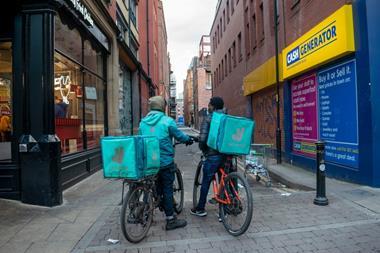
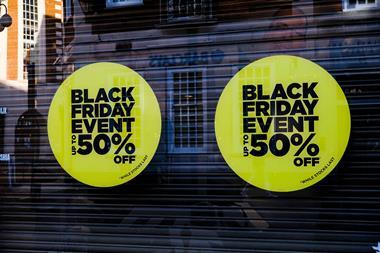

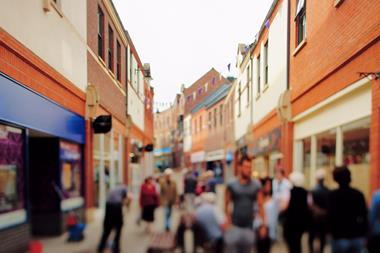
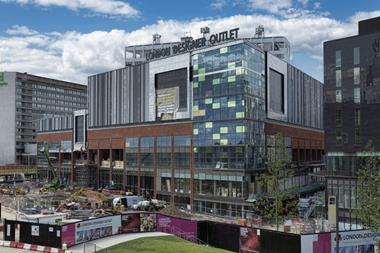
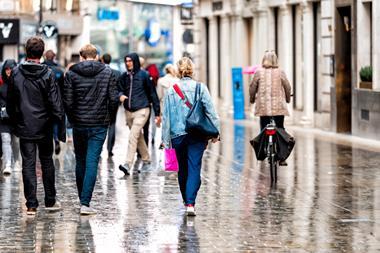
No comments yet